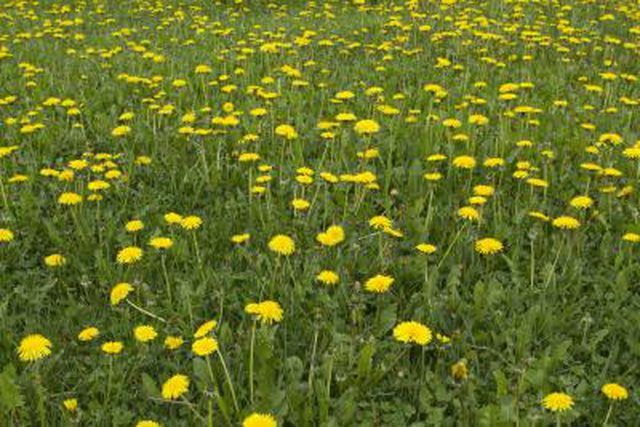Bulbs
Flower Basics
Flower Beds & Specialty Gardens
Flower Garden
Garden Furniture
Garden Gnomes
Garden Seeds
Garden Sheds
Garden Statues
Garden Tools & Supplies
Gardening Basics
Green & Organic
Groundcovers & Vines
Growing Annuals
Growing Basil
Growing Beans
Growing Berries
Growing Blueberries
Growing Cactus
Growing Corn
Growing Cotton
Growing Edibles
Growing Flowers
Growing Garlic
Growing Grapes
Growing Grass
Growing Herbs
Growing Jasmine
Growing Mint
Growing Mushrooms
Orchids
Growing Peanuts
Growing Perennials
Growing Plants
Growing Rosemary
Growing Roses
Growing Strawberries
Growing Sunflowers
Growing Thyme
Growing Tomatoes
Growing Tulips
Growing Vegetables
Herb Basics
Herb Garden
Indoor Growing
Landscaping Basics
Landscaping Patios
Landscaping Plants
Landscaping Shrubs
Landscaping Trees
Landscaping Walks & Pathways
Lawn Basics
Lawn Maintenance
Lawn Mowers
Lawn Ornaments
Lawn Planting
Lawn Tools
Outdoor Growing
Overall Landscape Planning
Pests, Weeds & Problems
Plant Basics
Rock Garden
Rose Garden
Shrubs
Soil
Specialty Gardens
Trees
Vegetable Garden
Yard Maintenance
About Wild & Edible East Texas Plants
About Wild & Edible East Texas Plants. The native plants of East Texas that have supplied food to the region's residents for hundreds of years are enjoying a new acceptance. Travel companies offer edible plant identification tours through East Texas's Piney Woods. Boggy Creek Farm, located near Texas A&M University, supplies wild-growing...
The native plants of East Texas that have supplied food to the region's residents for hundreds of years are enjoying a new acceptance. Travel companies offer edible plant identification tours through East Texas's Piney Woods. Boggy Creek Farm, located near Texas A&M University, supplies wild-growing plants to a trendy Austin restaurant. Purslane and epazote are mainstays of Hispanic cooking, and sassafras leaves ground into fine powder makes a thickener for gumbo and other Cajun dishes. East Texas edible plants fall into four categories: berries and fruits, nuts and seeds, vegetables and herbs.
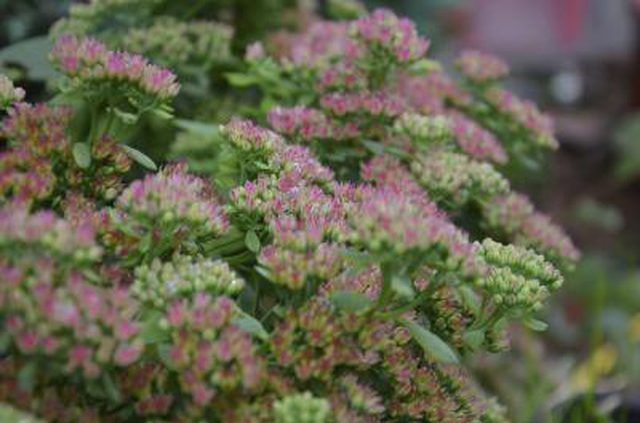
Wild blackberries, dewberries, mulberries and huckleberries grow in East Texas. They can be eaten straight off the bush or tree or made into cobblers, jams and jellies. A lesser known berry comes from the staghorn sumac, a member of the cashew family. According to Lee Allen Peterson in "Edible Wild Plants," its crimson berries can be boiled into a pink lemonade. Be careful, though, that it is not poison sumac. Other fruits growing wild include post oak grapes and muscadine grapes, which can be used in wine or jelly; persimmons, for jams, baked desserts and, recently, salsas; and cherries and plums, generally made into jelly.
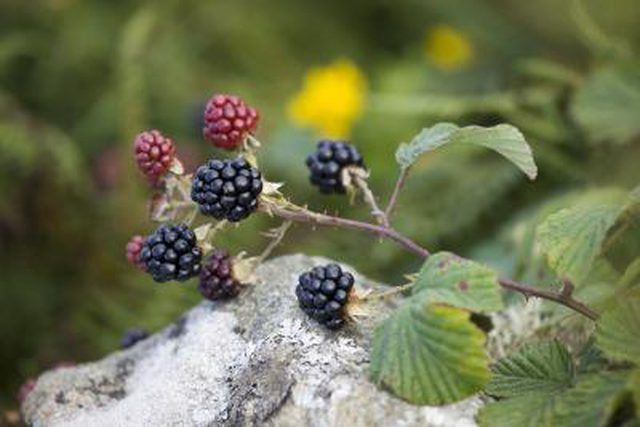
Wild plants which are served as vegetables most often are tubers or leafy greens. The rhizomes of the American lotus or water-chinquapin, a water lily-type plant found in East Texas ponds and lakes, produces a starchy tuber that can be baked like a sweet potato. Greens from the wild, often cooked like spinach or added to salads, include lamb's quarters, amaranthus or pigweed, dandelion greens and even the young leaves of the American lotus.
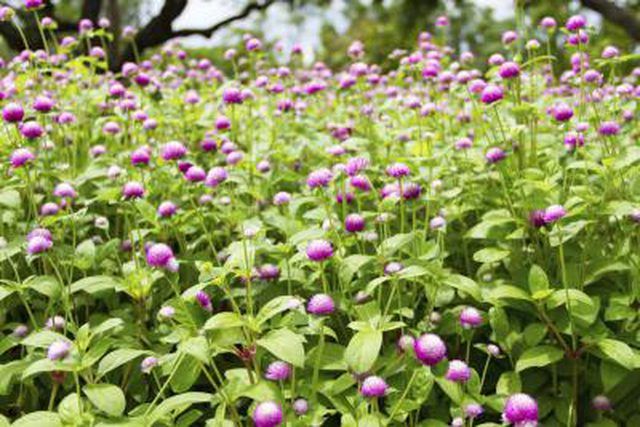
The most recognizable nut native to East Texas is the pecan. In the past, acorns were consumed here. Immature seeds from the American lotus, a truly versatile plant, can be eaten raw, while the mature seeds are sometimes shelled and roasted and eaten like nuts or even ground into flour.
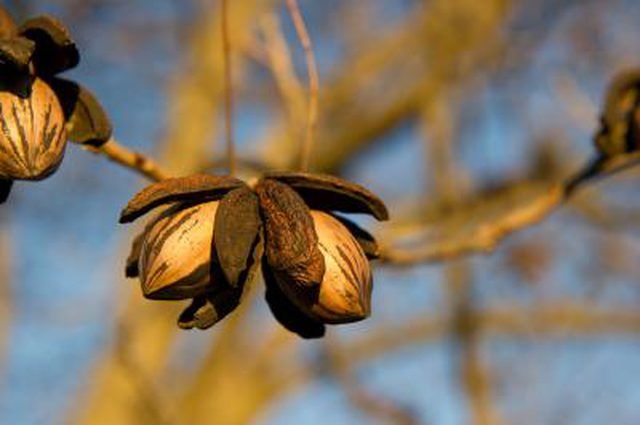
As mentioned earlier, herbs like epazote, the succulent purslane and the ground leaves of sassafras have long been flavoring local cuisines. The root bark of sassafras is also used to make a distinctive tea. Teas brewed from two other wild East Texas plants are acknowledged for their medicinal properties: slippery elm soothes coughs and chickweed prevents scurvy.
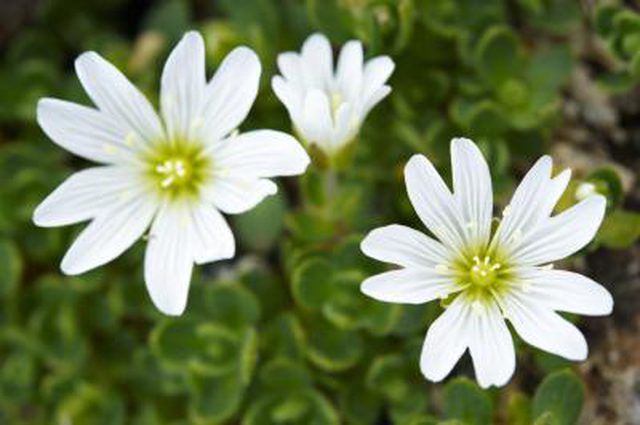
The Atakapan tribe resided on the Gulf Coast of Texas near present-day Houston. Most of their food came from fishing, agriculture and gathering wild plants. They were the first to discover all the edible parts of the American lotus. Another larger East Texas tribe, the Caddoes, raised several crops each year and collected pecans, acorns and chestnuts in the forests. They could eat acorns without digestive upset because they understood that the nut had to be peeled and then washed and drained three times to remove all the tannic acid. The Caddoes also enjoyed wild plums, cherries, mulberries, blackberries and grapes.
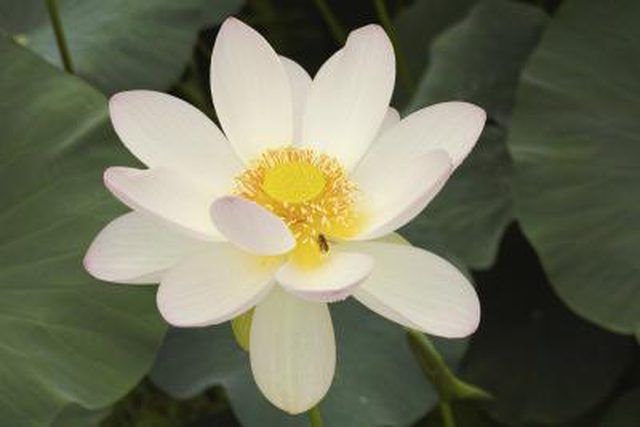
Many of the native plants are more nutritious than the vegetables currently grown for food, according to Scooter Cheatham in the "Encyclopedia of Useful Wild Plants in Texas." For example, dandelion greens are a good source of calcium as well as the nutrients that aid in absorption of the mineral. Purslane contains omega 3 fatty acids, vitamin C and carotene. Some historians credit the survival of the East Texas Indian tribes to their plant-based diet, including much from the wild, when other Texas Native American hunter tribes were wiped out by disease epidemics.
